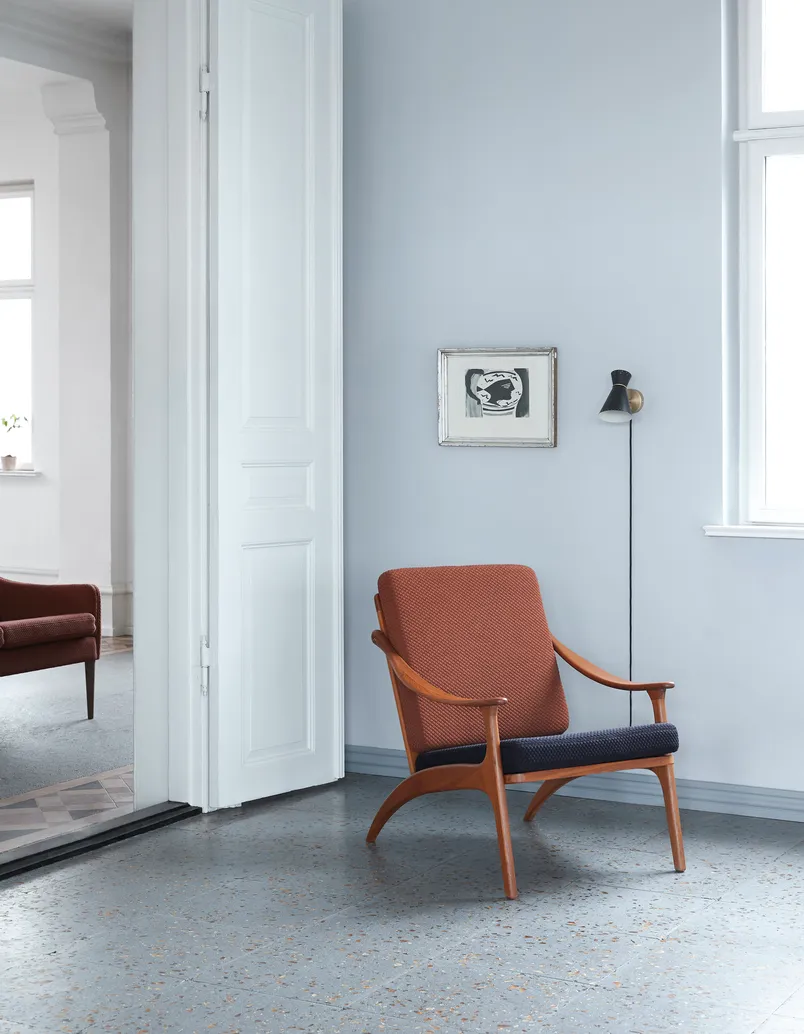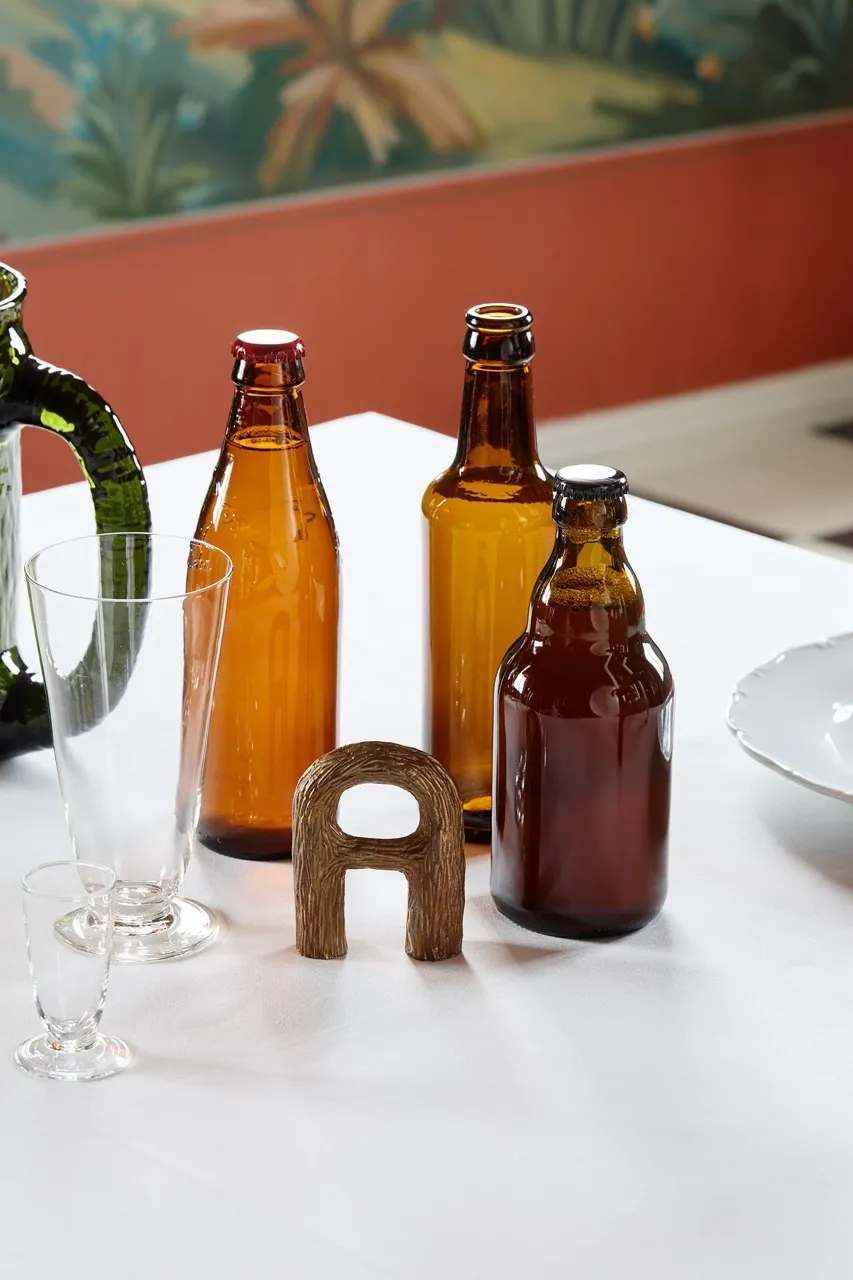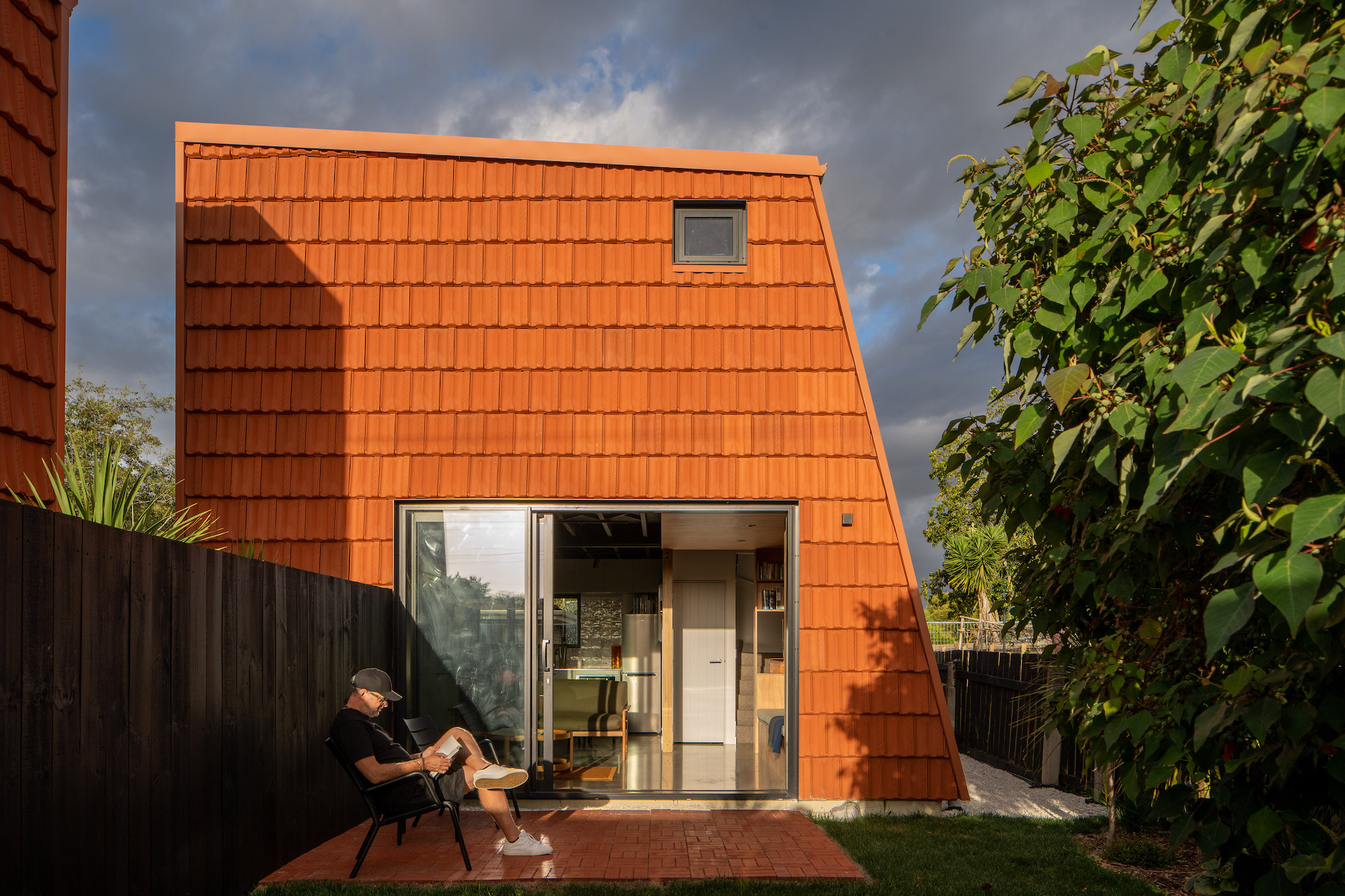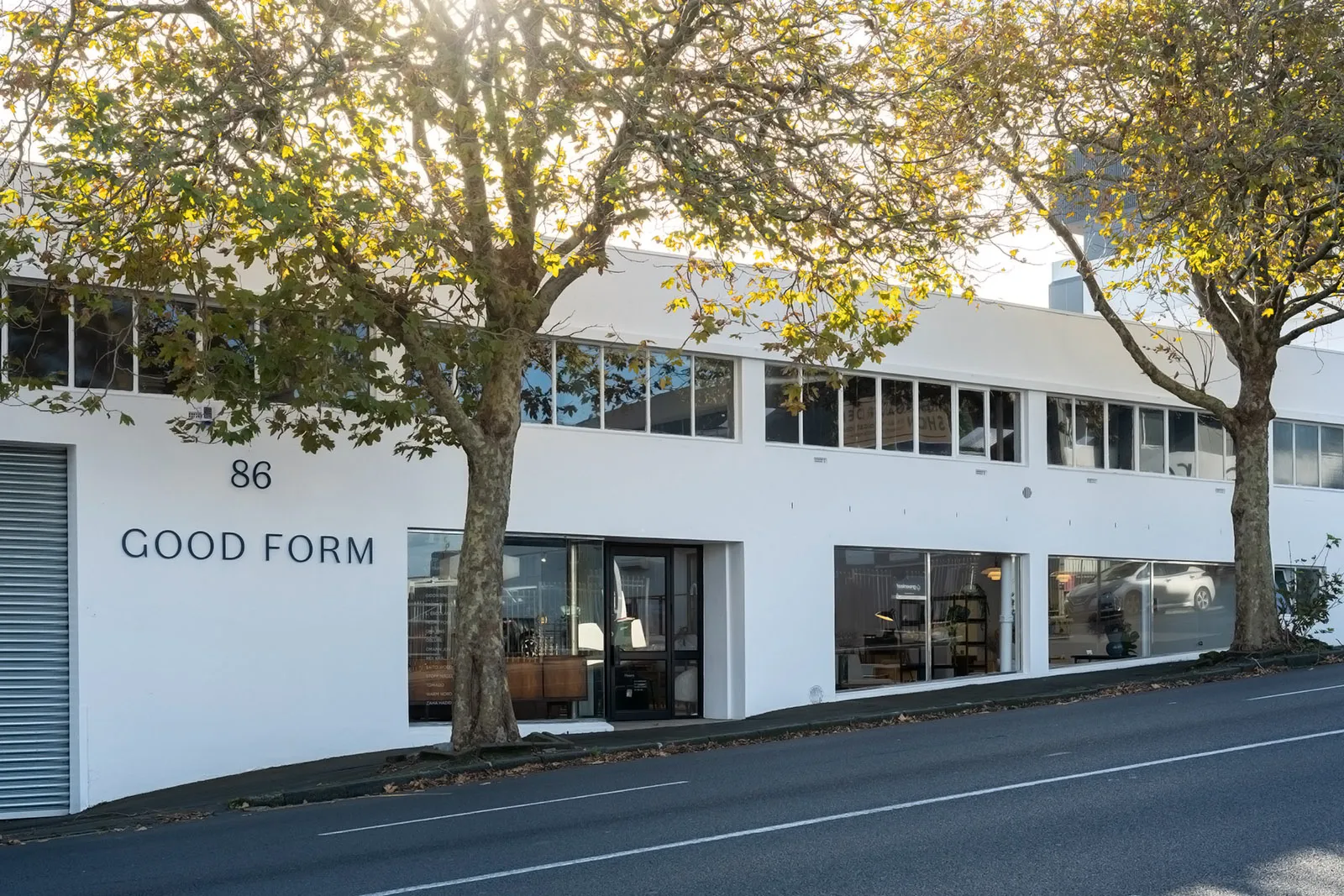Lake House, Wanaka
Architecture / Roberts Gray Architects
Can you share a quick overview of the practice and what brought the team together?
Having all studied architecture together in Wellington, we each went on to travel and work internationally while maintaining a dialogue about a potential future collaboration. Our combined interests suggested a broad-minded type of practice that sees architecture in everything, irrespective of scale. An opportunity to work together on a very special house back home in New Zealand was the catalyst to setting up officially as Roberts Gray Architects. Since then, we have continued to develop predominantly residential commissions, while strategically pitching for larger civic and cultural projects.
Do you have a shared design aesthetic or does each team member bring something different to the practice?
Our dynamic is slightly strange in that we don’t necessarily sing from the same song sheet, but we all tend to agree when the design is right. Appreciating and trusting each other’s point of view has become an exciting part of our approach. For us, this is evidence that architecture should be understood on many levels and communicate many narratives.
What does your creative process entail?
One of us pushes the boat out, another pulls it back in and the third makes it work… and because we hate being typecast; we all take turns in these roles. Underlying this push-pull dynamic is a keen interest in the history of architecture itself as much as the contingencies of the client and site. This keeps our process pretty loose as conversations can flow in any direction.
Finally, we like the idea that each stage of the architectural process is expressed through a medium that lends itself to different forms of creativity. The words, sketches, details, samples, photos, schedules, spreadsheets, models, construction and so on can all be treated as design projects in themselves that reveals something new about the overall project.
Te Arai, Double Courtyard House
Architecture / Roberts Gray Architects
We appreciate projects driven by an economy of means that strive to do more with less – anticipating future states of disassembly, re-use or re-purposing.
This version of the Kinuta lounge chair has the same basic construction as its relative, the N-LC01, but with a free-hanging seat available in either leather or canvas. The seat forms according to the body of the user and creates a much more lightweight expression – a concept which carries its references from the traditional 'safari chairs'.
The N-LC02 Lounge Chair is one of 12 tailor-made furniture pieces that make up the first collection of Karimoku Case Study, the Kinuta Terrace project, all drawing on the natural references of the connected courtyard in an attempt to invite in nature as much as possible – in their design language as well as through their material compositions.

What is a typical day in your studio like?
We’re located in a sunny ground floor space in Ponsonby. Big sliding doors open out to the street where unsuspecting passers-by are drawn into our daily performance as an architecture practice. Being a tight knit team of five works well with this very direct street interface and the open nature of our studio where the lack of partition blends the presentation and production of what we do into a happy mess.
What are you currently working on?
Our first year of practice seemed to focus solely on design, with our second spent deep in documentation. Through this graft we are now starting to see some of these projects come to life in Te Arai, Wānaka and Queenstown. In parallel, we are working hard to get the next suite of houses on site while we wait to hear the results for a couple of larger competition entries, including the Aigantighe Art Gallery in Timaru which would be an exciting opportunity to do a public building.
Which creators, artists, designers inspire you?
NR I’m inspired by Matthew Blunderfield who hosts the Scaffold Podcast Interview series. His capacity to make a broad range of creative types feel understood and critiqued is a reminder that properly understanding others should be the first act of design.
EG I’m very fortunate to be surrounded every day with a team of incredibly talented designers, each inspiring in their unique way. We have all come from past practices led by formidable leaders in local architecture; Nick Stevens & Gary Lawson, Nicola & Lance Herbst, and John Wardle to name the most recent, whom all set a high standard in design quality. We love the opportunity our clients and the projects at RGA offer, which mean we get to work closely with local artisans, cabinet-makers, carpenters, lighting specialists, artists.. (the list goes on!) to achieve bespoke and tailored environments for our clients.
JG I’m really enjoying being part of the next generation and watching our peers and friends step up alongside our mentors. I often look abroad, particularly to Australia, where the Architecture scene has become so incredibly inventive, fun and playful - I think NZ is a little behind in that respect, and it’s certainly something we aspire to and hope to achieve in our buildings.
What is a good home?
It’s about having it both ways – creating spaces that express and accommodate how you live today, while also contributing positively to the environment beyond your site boundary and beyond your lifetime.
Walking this line between individual and collective identity is at the core of what a good home is. Architecture’s associations with high levels of craft can sometimes become overwrought and inflexible. We are interested in crafting living environments that are more open-ended and nuanced, promoting a good home as something that is inter-generational as much as individual.
Beach House, Te Arai
Architecture / Roberts Gray Architects
Roberts Gray Architects / Directors Elspeth Gray, Jimmy Gray and Nick Roberts
We are interested in crafting living environments that are more open-ended and nuanced, promoting a good home as something that is inter-generational as much as individual.
Beach House, Te Arai
Architecture / Roberts Gray Architects
Double Courtyard, North Terrace
Featuring the Karimoku Case Study N-LC02 Lounge Chair
Architecture / Roberts Gray Architects
What is sustainable in your eyes?
We’re interested in thinking critically about the sustainable potential that each project offers.
For instance, our coastal houses privilege forms and materials that are resilient and complementary to their harsh environment. In contrast, we appreciate projects driven by an economy of means that strive to do more with less – anticipating future states of disassembly, re-use or re-purposing. At the civic scale, our recent short-listed proposal for the Aigantighe Art Gallery (currently under jury review), aspires toward the idea that public buildings should be cared for through inter-generational stewardship, building on the Gallery’s already impressive legacy through an exposition of local craft and materials.
Looking forward, it’s important to acknowledge the latest IPCC report shows Greenhouse Gas emissions tracking way above 2030 and 50 warming reduction targets. The construction industry is deeply embedded in this equation, so we need to put powerful examples into the world that far exceed international government agreements if we are to collectively shift the needle in any meaningful way.
If you hadn't devoted your careers to architecture, what else would you be doing?
NR I’d like to zoom out and work on improving the conditions that make architecture possible in the first place. People on this path that I’m really inspired by include Indy Johar and his team at Dark Matter Labs.
EG Perhaps building - I would love to be on the tools, crafting something beautiful in a remote location in New Zealand.
JG I’ve always enjoyed holding a camera. I spent much of my youth in the darkroom and really enjoy the manual process of making images in this way. It’s hard not to be drawn to buildings of course, so probably a photographer dreaming about architecture.
What aspects of the process of designing a home do you feel most satisfying?
The moment we strike upon a way to manipulate the conventions and expectations outlined by the brief. These moments feel full of the possibility that our process is generating something that isn’t expected but feels inevitable.
What are your top 3 design picks at Good Form right now?
EG Mane Wooden Bowl
I love the idea of elevating the everyday objects we surround ourselves with. Norwegian brand Nedre Foss do this well – creating sculptural objects with purpose:
JG Model 566 Table Lamp
I’ve always loved the frisky energy of the Italian mid-century architects and product designers. Carlo Mollino’s Opera House and private apartment are highlights from my travels through Europe. Good Form have an impressive array of lights. I particularly like this design by Gino Sarfatti in raw aluminium.
NR Keyhole 7 Rug by Catherine Griffiths for Dilana
I worked at Athfield Architects as a fresh grad where I was introduced to the fantastic work of Catherine Griffiths who was redesigning the practice’s logo at the time. Part of her graphic refresh involved taking the letters from the logo off the page and scattering them down the steep hillside steps leading up to Ath’s house as a playful wayfinding device. I was delighted to see this oscillation between discovery and legibility play out again in her series of ‘Keyhole’ rugs made in collaboration with Dilana.
A big thank you to Nick, Jimmy and Elspeth for sharing these insights into your work. View more work from the practice at robertsgray.co and Instagram.
Flinders Renovation
Architecture / Roberts Gray Architects
Our dynamic is slightly strange in that we don’t necessarily sing from the same song sheet, but we all tend to agree when the design is right.








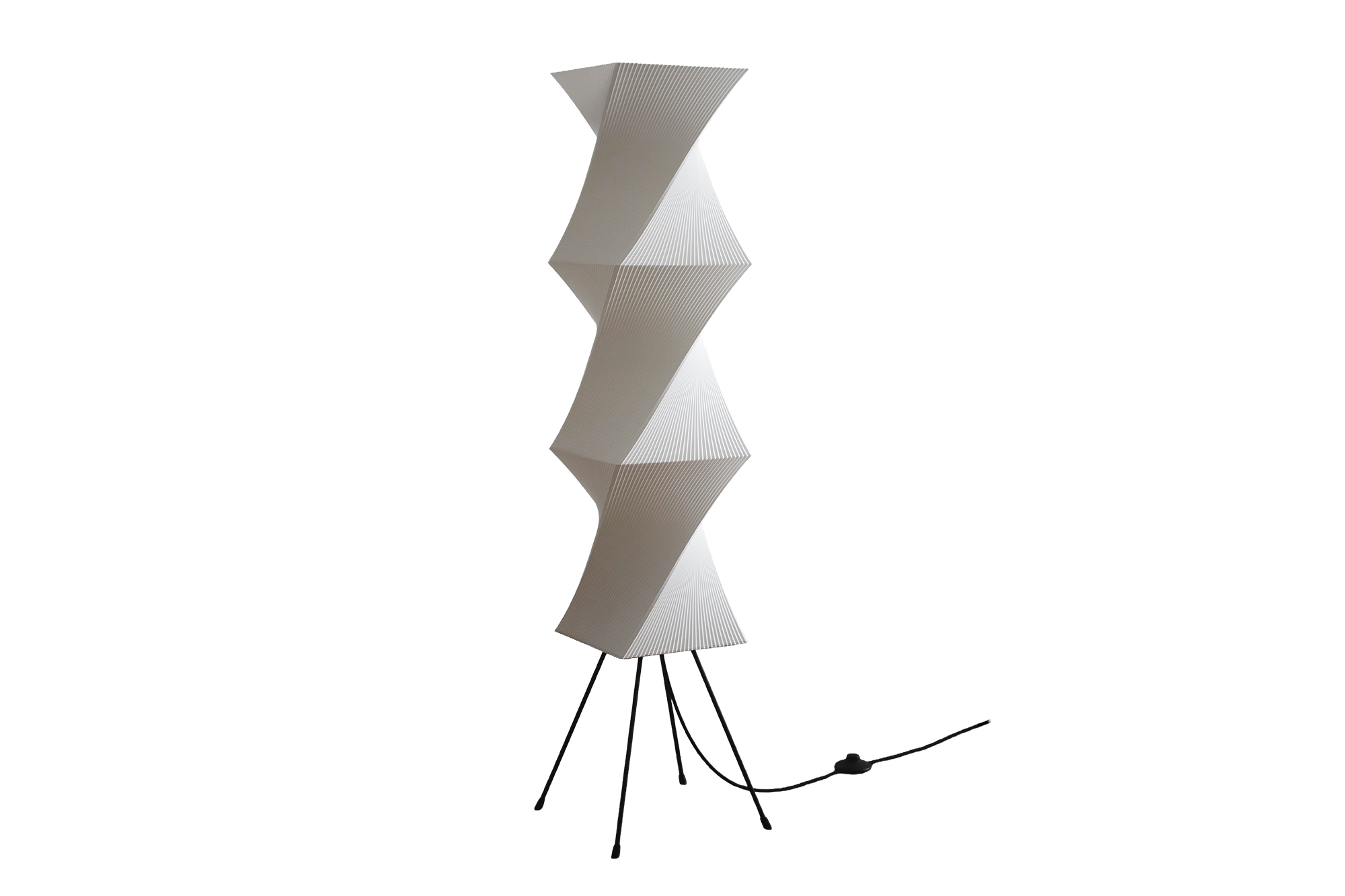
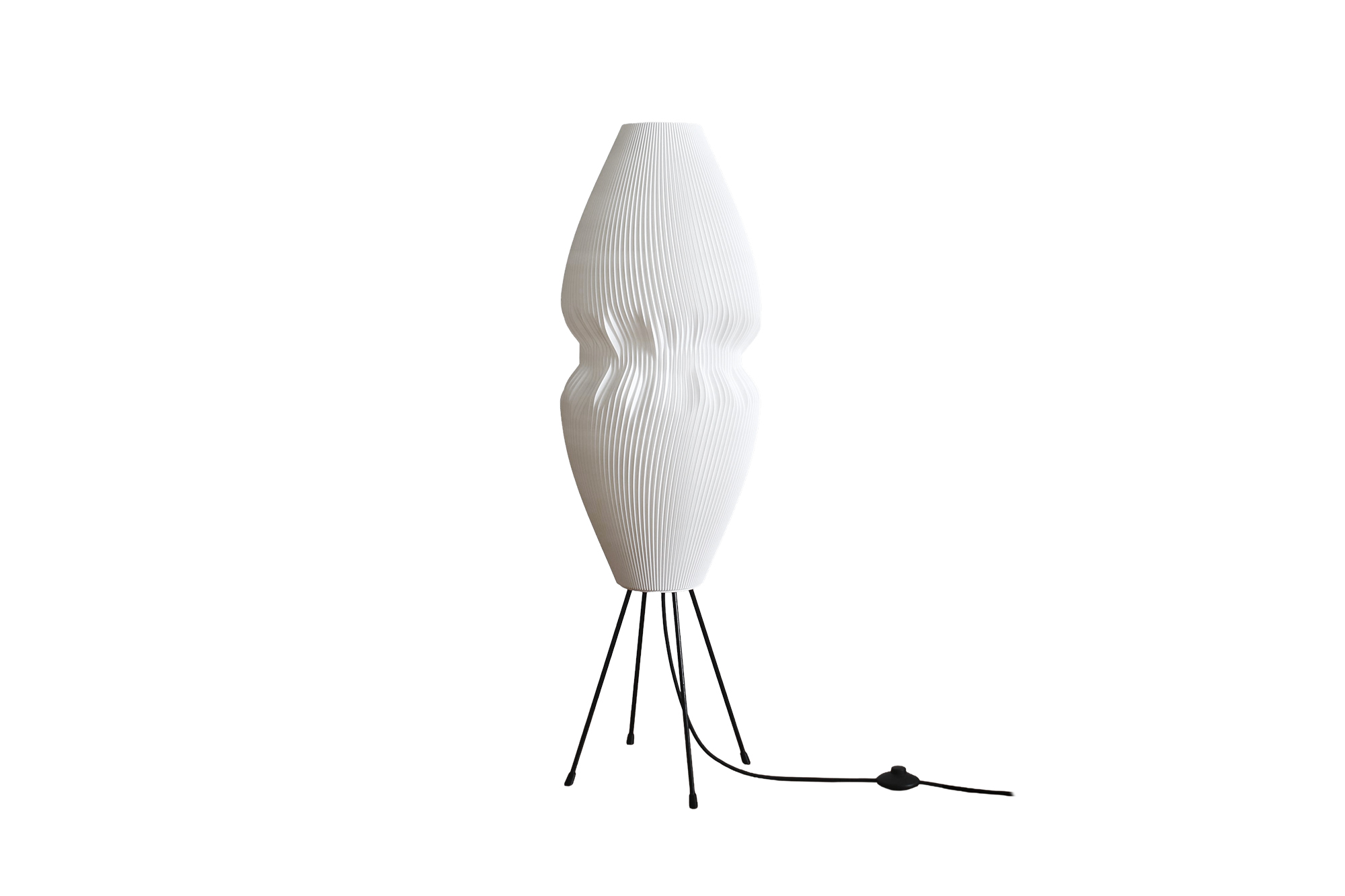
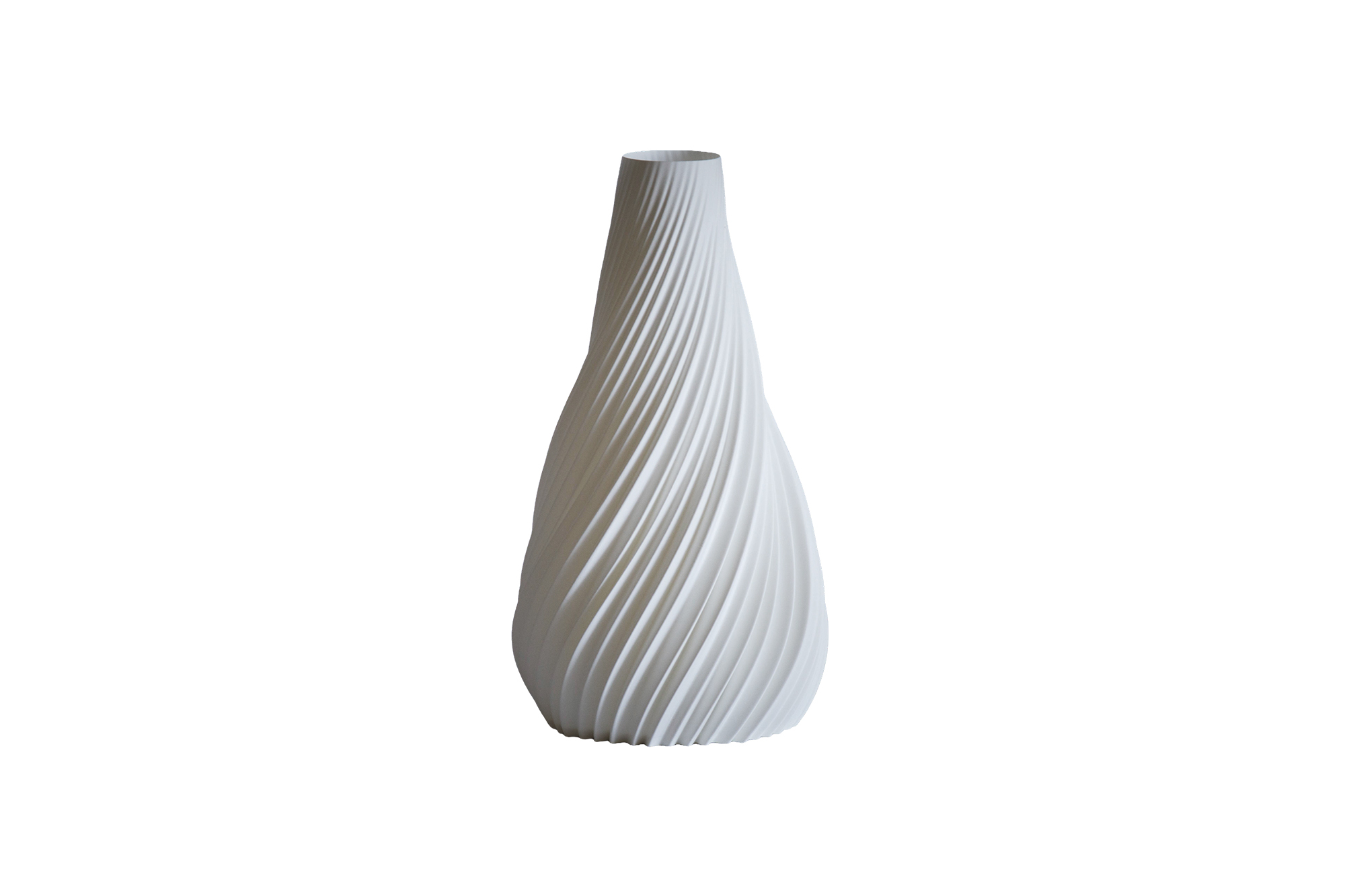
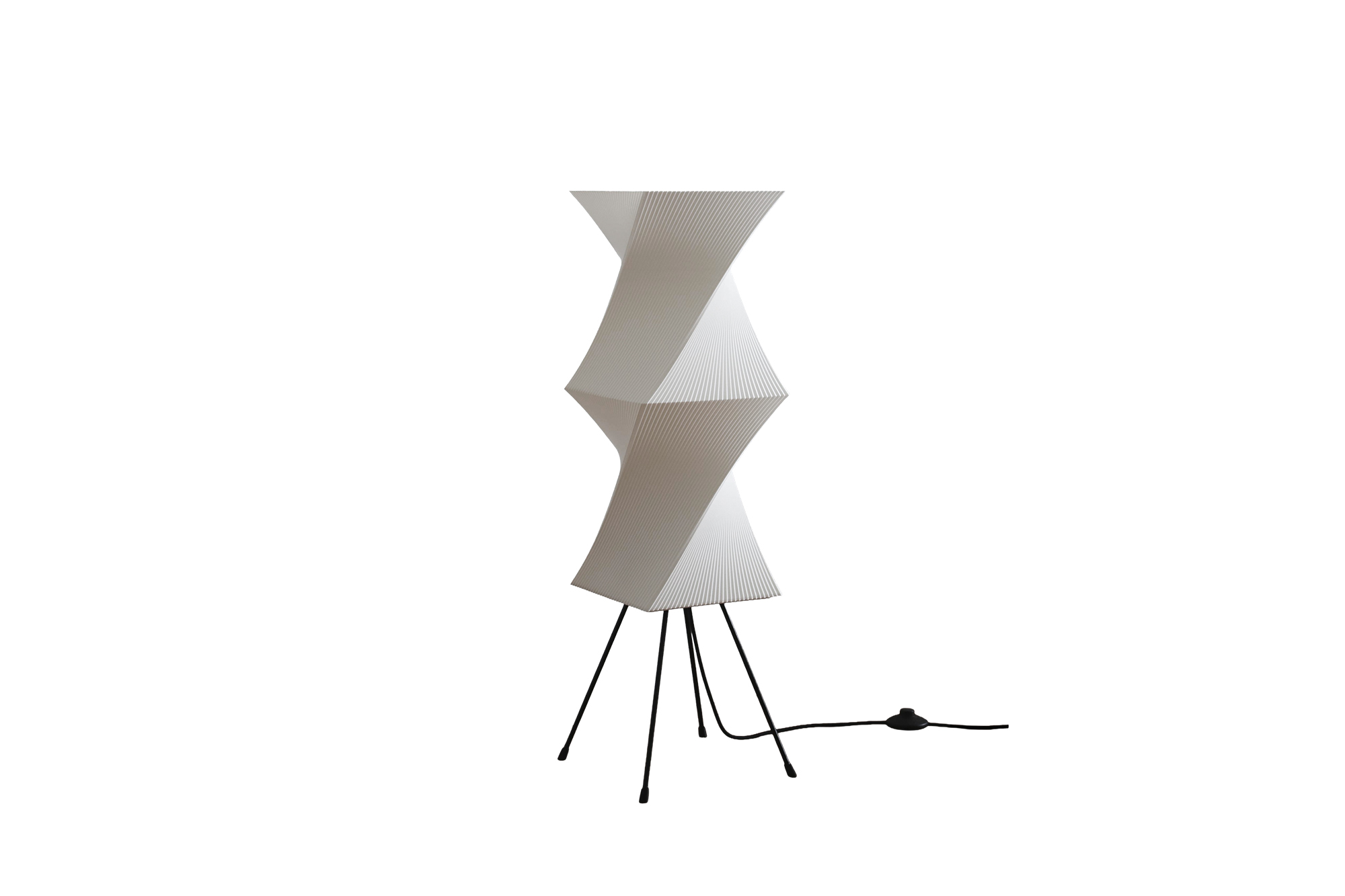




.avif)

